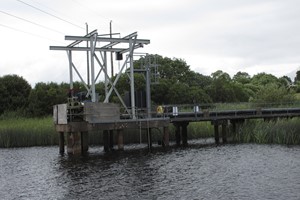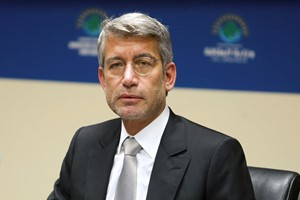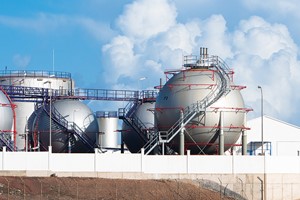The Asian Development Bank (ADB) has greenlit a significant investment earmarked for the development of a sewage treatment infrastructure in Cholpon-Ata, a pivotal resort city situated along the breathtaking northern shores of Lake Issyk-Kul in Kyrgyzstan.
Confirmed by the State Agency of Architecture and Construction, the ADB's financial commitment comprises $31 million in grant funds alongside a $25 million soft loan. This financial boost is poised to catalyze the establishment of a state-of-the-art sewage treatment plant with a capacity of 14,200 cubic meters per day. Furthermore, the allocated funds will facilitate the construction of 18 sewage pumping stations, the laying of 45 kilometers of primary sewer lines, and the creation of 109 kilometers of intra-square sewage networks within Cholpon-Ata.
Recent updates from the press service of the State Construction Committee reveal that essential project documentation, including design plans and cost estimates for the sewage treatment plant, two primary pumping stations, and a sewage collector, have been forwarded to the ADB for thorough consideration.
A noteworthy aspect of this initiative is its inclusivity, as all local guest houses, sanatoriums, and resorts will be afforded the opportunity to connect to the centralized sewage system. This strategic move underscores a concerted effort to address environmental concerns, particularly in light of repeated warnings from environmentalists about the adverse impact of existing sewage infrastructure on the ecological health of Lake Issyk-Kul.
Presently, the majority of sewage treatment facilities in neighboring coastal towns such as Balykchy and Karakol, alongside Cholpon-Ata, are in a state of disrepair. These aging systems, dating back to the 1960s or 1970s, have suffered from a lack of maintenance and upkeep over the years, exacerbating environmental degradation concerns.










